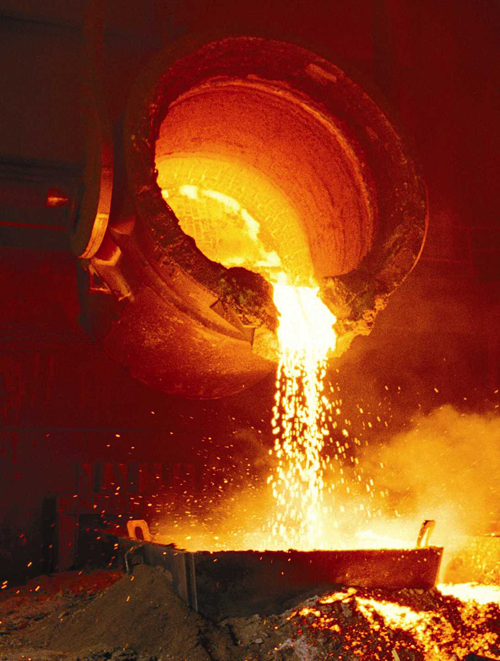
The refractories industry remains under pressure, with no immediate signs of an upturn in the market as the slowdown in steel manufacturing persists.

Falling steel production continues to hit the refractories industry hard, with no let-up in sight. An increase in the level of alumina consumed in refractory products is likely to prove good news for specialty alumina producers, however, while refractory grade bauxite producers face shrinking volumes. The refractories industry remains under pressure, with no immediate signs of an upturn in the market as the slowdown in steel manufacturing persists.
Crude steel production, the end market for around 60% of refractory products, was 128m tonnes in January 2016, a 7.1% decrease from January 2015, according to the World Steel Association (worldsteel).
Against this backdrop, alumina suppliers to the refractories industry are continuing to feel the crunch, IM heard at the 22nd Metal Bulletin Bauxite and Alumina Conference in Miami this week.
Of the 5% of bauxite not used in alumina refineries, refractories make up 16%, according to Jessica Roberts, senior analyst at Roskill Information Service. Refractories also account for around 46% of the 2.5% of alumina consumed in speciality calcined form.
Bright spot for alumina
French alumina producer, Alteo expressed relief that its exposure to refractories does not account for more than 25% of the end market for its products, which include white and brown fused alumina and tabular alumina.
"In the short term this market is not in the best shape," Pierre Le Cacheux, the company's chief commercial officer, told IM.
However, he added that a shift in favour of using higher quality refractory products in the metals industry could offer a growth path in an otherwise depressed market for non-metallurgical alumina.
Such a trend would not bring about an increase in refractory production volumes in real terms, but it could boost alumina consumption via a switch to high-alumina content refractories.
Roskill's Roberts agreed with this outlook, suggesting that usage intensity of alumina is forecast to rise globally over the next five years, as product quality increases.
In both the US and Europe, for example, she suggested alumina usage intensity would increase from 1.2kg aluminium oxide (AlO3)/tonne steel to 1.4kg AlO3/tonne steel between 2015 and 2021.
Alumina consumed in refractory production in Central Europe and Russia, meanwhile, is forecast to rise from 0.7kg/AlO3 tonne steel to 0.8kg AlO3/tonne steel, with India and China both increasing their respective consumption rates to over 0.4kg AlO3/tonne steel over the period.
Refractories therefore are likely to increase their alumina consumption over the coming years, despite the weakened state of the refractory industry. Bauxite consumption by this industry is likely to suffer, however, in tandem with its weakening end market.
As to when refractories will see an uptick in consumption, this remains heavily reliant on the steel industry and delegates at the conference were unwilling to speculate on a timeframe.
"If anyone tells you they have a crystal ball and can predict the month or year that the refractories market will pick up, they're lying," said one anonymous senior player.